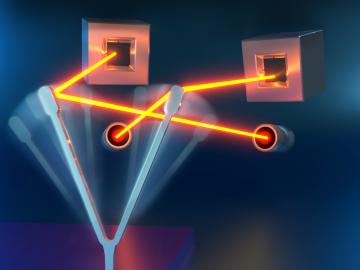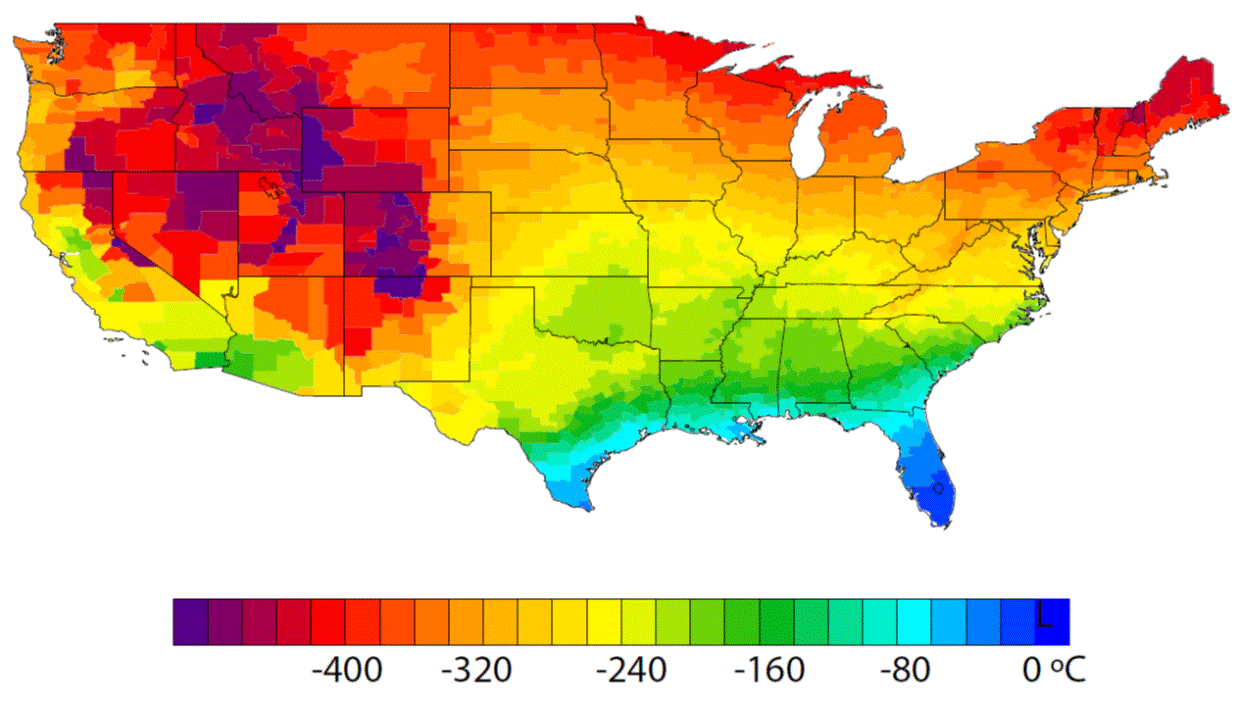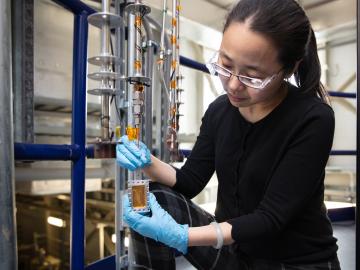
Filter News
Area of Research
- (-) Biological Systems (2)
- (-) Materials (48)
- Advanced Manufacturing (3)
- Biology and Environment (101)
- Biology and Soft Matter (1)
- Computational Engineering (1)
- Computer Science (3)
- Electricity and Smart Grid (2)
- Energy Science (113)
- Energy Sciences (1)
- Fusion and Fission (5)
- Fusion Energy (1)
- Isotopes (1)
- Materials for Computing (10)
- Mathematics (1)
- National Security (18)
- Neutron Science (16)
- Nuclear Science and Technology (4)
- Quantum information Science (3)
- Sensors and Controls (1)
- Supercomputing (41)
News Type
News Topics
- (-) Bioenergy (5)
- (-) Composites (6)
- (-) Energy Storage (14)
- (-) Environment (11)
- (-) Grid (2)
- (-) Microscopy (14)
- (-) Molten Salt (1)
- (-) Nanotechnology (18)
- (-) Security (1)
- 3-D Printing/Advanced Manufacturing (10)
- Advanced Reactors (2)
- Artificial Intelligence (4)
- Big Data (2)
- Biology (1)
- Biomedical (5)
- Buildings (2)
- Chemical Sciences (12)
- Clean Water (3)
- Computer Science (10)
- Coronavirus (2)
- Critical Materials (5)
- Cybersecurity (1)
- Exascale Computing (1)
- Fusion (5)
- High-Performance Computing (1)
- Isotopes (8)
- Machine Learning (2)
- Materials (32)
- Materials Science (41)
- Mathematics (1)
- Neutron Science (14)
- Nuclear Energy (13)
- Partnerships (3)
- Physics (14)
- Polymers (11)
- Quantum Computing (2)
- Quantum Science (1)
- Space Exploration (2)
- Summit (1)
- Transportation (10)
Media Contacts

The formation of lithium dendrites is still a mystery, but materials engineers study the conditions that enable dendrites and how to stop them.

Liam Collins was drawn to study physics to understand “hidden things” and honed his expertise in microscopy so that he could bring them to light.

Students often participate in internships and receive formal training in their chosen career fields during college, but some pursue professional development opportunities even earlier.

Researchers at ORNL and the National Renewable Energy Laboratory took inspiration from flying insects to demonstrate a miniaturized gyroscope, a special sensor used in navigation technologies.

In the vast frozen whiteness of the central Arctic, the Polarstern, a German research vessel, has settled into the ice for a yearlong float.

A detailed study by Oak Ridge National Laboratory estimated how much more—or less—energy United States residents might consume by 2050 relative to predicted shifts in seasonal weather patterns

A new method developed at Oak Ridge National Laboratory improves the energy efficiency of a desalination process known as solar-thermal evaporation.

A team of researchers at Oak Ridge National Laboratory have demonstrated that designed synthetic polymers can serve as a high-performance binding material for next-generation lithium-ion batteries.

Scientists have discovered a way to alter heat transport in thermoelectric materials, a finding that may ultimately improve energy efficiency as the materials

Researchers at the Department of Energy’s Oak Ridge National Laboratory, Pacific Northwest National Laboratory and Washington State University teamed up to investigate the complex dynamics of low-water liquids that challenge nuclear waste processing at federal cleanup sites.


